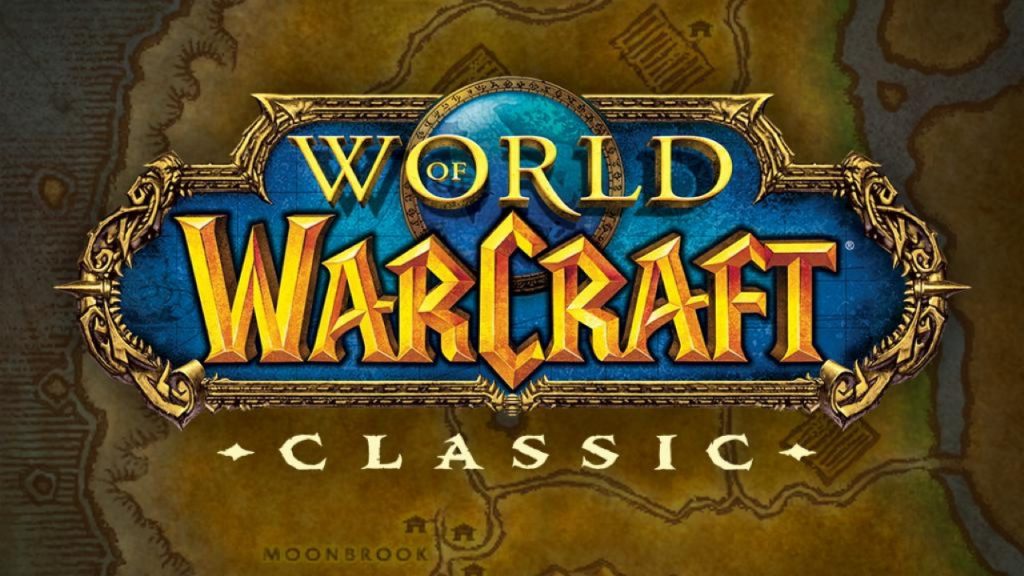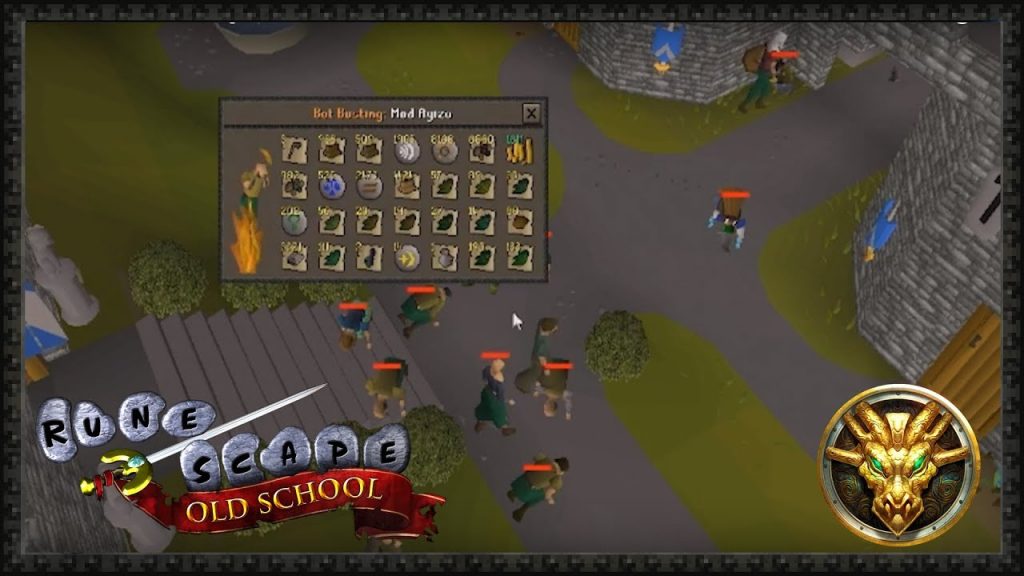The gaming market in China is huge. It can prove to be very lucrative for one having the right product, a good market understanding, and an effective strategy for game translation and localization in the Chinese language.
According to 2022 statistics, China’s game market accounts for nearly 1/5th of all game market revenue in the world. A lot of this success usually comes when companies consider Chinese translation services for their games. With Chinese translation, the user experience becomes almost local and helps generate more revenue through consumer spending.
Continue reading to learn what you need to pay attention to when considering Chinese game localization and translation.
Table of Contents
About China’s video game market
China’s video game market is the world’s largest market that generates almost one-fifth of global game revenues. In the year 2020, the number of mobile gamers in China reached 651 million users. This number is greater than the total population of the US, Canada, and Japan combined.
If we talk about the gaming revenue in China, it peaked at $29 billion. The year-on-year (YoY) growth has been on the rise, now it mounts to more than 18 percent. Almost 65% of the game revenue came through mobile gamers. Estimates show that the chances of growth for China’s game market are high and the market will reach around $72 billion or 469.77 billion Yuan by 2023.
In one single day, Chinese people play games on their smartphones for half an hour, on average. This high volume usage of smartphones plays a great role in China becoming a hot market for mobile and tablet games.
Top challenges in Chinese game translation and localization
Global gaming companies looking to enter the Chinese market need not only to translate their fascinating games but localize them as well. As far as translation is concerned, it expresses the content in a different language. Localization on the hand goes beyond that.
In addition to translation, localization also ensures that visuals and other related elements of the game are fully appropriate to the target culture. Moreover, it helps to make sure that the marketing of games is also in accordance with cultural norms. By ignoring marketing translation services for their Chinese games, there is no guarantee that foreign companies will succeed in China even after the Chinese translation of their game.
Linguistic variations
One of the most severe challenges is the enormous amount of variations and dialects in Chinese. There are many variants of the written Chinese language and a few hundred dialects of spoken Chinese. When talking about Chinese dialects, it’s important to note that the concept of dialects in China is very different from that of Western countries. For instance, there are several dialects in English. However, if a person speaks one dialect, they can understand another person who speaks a different dialect. But this is not the case in Chinese as the dialects vary quite significantly. Words, phrases, and even the whole speech can be unintelligible at times to people who speak different dialects.
The largest and official Chinese dialect is Mandarin. Cantonese is another popular dialect with minor differences that are present in different regions. Since written Chinese also has multiple variants, the characters can look very different based on each variant.
The culture in China
Making the content relevant to local culture is key to ensuring a successful game localization and Chinese is no different. You need to include cultural sensitivity in your strategy to achieve the best outcomes. All the successful games in China are rooted in local myths, stories, poetry, etc. This demands you partner with native-speaking Chinese localization experts who know the gaming industry very well. With their expertise, they will be able to adapt all game elements for the local audience, such as storyline, game characters, music, icon, conversation, and style.
User Interface or UI
When considering video game translation services for Chinese markets, most foreign companies struggle to change their UIs or user interfaces. Compared to Western gamers, people in China prefer denser and more colorful user interfaces. To suit the preference of your target audience, you will also have to adjust buttons, icon design, color palette, and more.
Fonts and typesetting
Dealing with fonts becomes a challenge for many when implementing the Chinese game localization strategy. As a language, Chinese is a bit concise so the translated version oftentimes has few characters compared to its original or the start text. Similarly, Chinese characters are also far more complex than other languages. This often requires that you should use a font that’s larger in size so that the text is clear and readable. This implies that the content will occupy more vertical space and might change how the interface is laid out.
Concluding remarks
Game translation and localization for the Chinese market is nothing less than a specialty in itself. It requires remarkable native language skills, sensitivity to cultural norms, passion for gaming, and an outstanding representation of all the key gaming elements, concepts, and ideas. The best way to move in the right direction is to engage a professional Chinese translation agency that will overcome all the challenges for you and help you make your game culturally, linguistically, and politically appropriate for your audiences.

